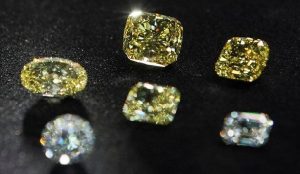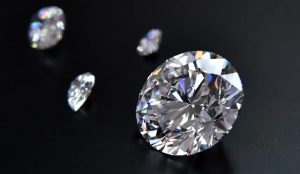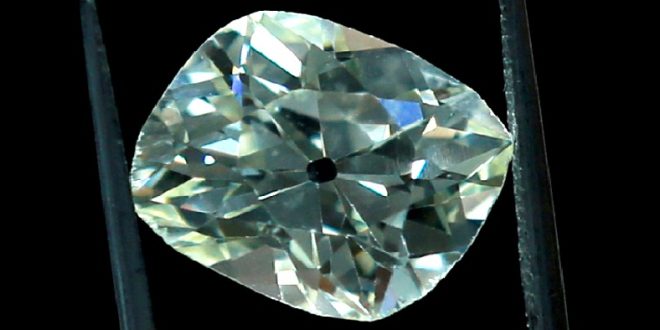17-11-2023
BRUSSELS/ MOSCOW: Diamonds may be forever, but not when it comes to imports from Russia into the European Union.
 Russia is the biggest producer of rough diamonds cut from hundreds of mines beneath the Siberian permafrost, where a third of the world’s diamond supply comes from.
Russia is the biggest producer of rough diamonds cut from hundreds of mines beneath the Siberian permafrost, where a third of the world’s diamond supply comes from.
Now the European Commission has proposed extending to diamonds a series of sanctions imposed on Russia since its full-scale invasion of Ukraine.
The move is part of the EU’s 12th round of measures against Moscow, due to come into effect in January. It is linked to the G7, which is also discussing a ban.
Since 2022, EU sanctions have covered Russian coal, gas, gold, vodka and even caviar but diamonds mined in Russia’s north-east are still used in engagement rings, necklaces and earrings all over the world.
The EU has until now avoided a ban, largely because Belgium has been keen to protect the city of Antwerp: the diamond capital of the world.
The Flemish-speaking port city has been a diamond hub since the 15th Century. More than 80% of all rough diamonds mined across the globe are traded here, and before the war one in four of them came from Russia.
The cobbled streets of Antwerp’s diamond district are lined with shops, their windows filled with sparkling jewelry. There are security cameras everywhere, in an area of about one square mile.
 “Russia was a very big business for Antwerp: shifting your whole business to a new supplier gives you a lot of headaches,” says Thierry Tugendhaft, who’s been a diamond dealer for more than 30 years.
“Russia was a very big business for Antwerp: shifting your whole business to a new supplier gives you a lot of headaches,” says Thierry Tugendhaft, who’s been a diamond dealer for more than 30 years.
“Importing non-Russian diamonds is going to be expensive because everyone will be going after the same suppliers.”
That means they will become more costly for the average consumer too.
In a corner of his office, Thierry opens a safe of colossal proportions and takes out a small white envelope, folded in half. Inside are three glistening, perfectly polished diamonds.
Before the war, half of all his stones came from Russia. Their allure lay in their high quality, their shape and availability.
A final decision on the European Commission’s proposed ban will be taken by the EU’s 27 member states in the coming weeks but many of Antwerp’s diamond dealers saw it coming and had already come under pressure from businesses they trade with to halt supplies from Russia.
Tugendhaft now sources his imports from a mine in Canada, but some of his colleagues haven’t been so lucky.
“Some of the companies who were big traders in Russian diamonds went out of business. They were very reliant on Russia.” (Int’l Monitoring Desk)
 Pressmediaofindia
Pressmediaofindia




